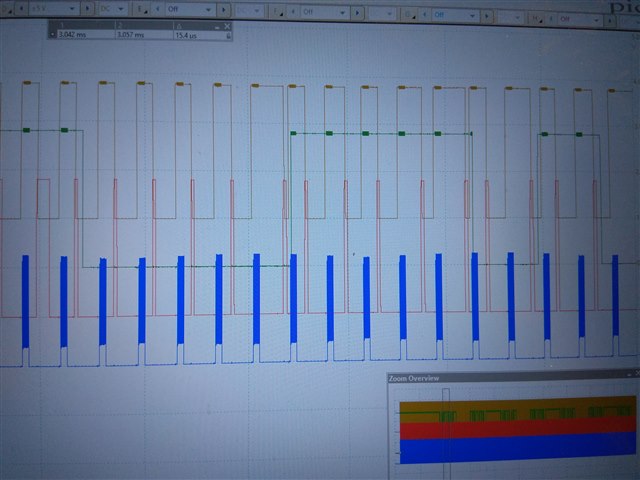hello Nordic
i work with nrf52832, nrf52840 with ncs 1.9
i have 2 issues, is there some example or guid fo using 2 ppi channels for the same gpiote, one timer pullup the gpio and the other timer pulls the same gpio down .. what functions are a must ? gpioite_channel allocation is a must or ppi_channel_allocations are enough etc.
second issue is that i use three timers in my code and it looks like one of them does not work ok,
also if i look at pin toggle in ppk power profiler i see that if i light a led while the sampling then i the gpio (pulled up by ppi and pulled down by spi_done handler) sometimes miss some toggling every some time .. any ideas why ?
hope to read from you soon
best regards
Ziv


